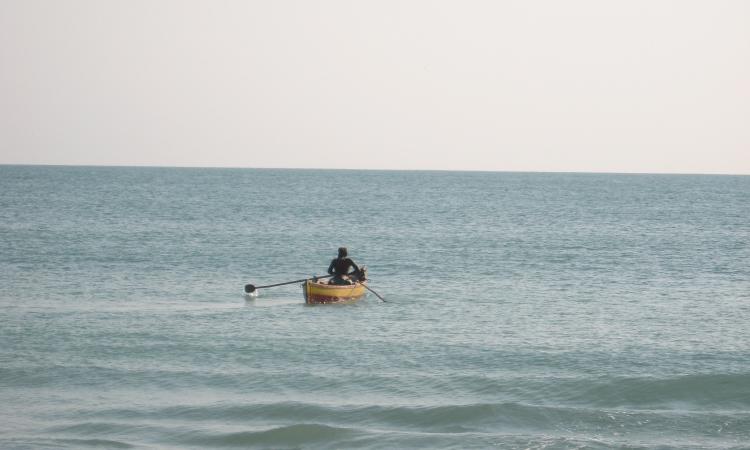
India launches a floating wet lab for water quality tests in the Indian Ocean
The Indian government has sent afloat a laboratory, designed by the Indian National Centre for Ocean Information Services (INCOIS), Hyderabad, capable of automatically monitoring marine water quality in real time, 10 kilometres off Cochin coast. With this, India creates history to set up the first floating wet lab for water quality tests in the Indian Ocean. The buoy-based automated coastal observatory, is also capable of providing water quality advisories to maritime users.
The observatory worth Rs 4 crore, has a range of chemicals onboard and automatically performs chemical tests of the water samples. It can measure up to 19 parameters. In the wake of climate change, the observatory will provide better monitoring, understanding and forecasting capabilities of the oceans and its changing composition.
(The Indian Express)
A year extension granted to Ravi and Beas Waters Tribunal
Ravi & Beas Waters Tribunal that has been adjudicating water sharing among Punjab, Haryana and Rajasthan for over 36 years, has got another extension of one year. This is third tribunal that has got a year’s extension within a month, the other two are the 12-year-old Mahadayi Water Dispute Tribunal and the 18-year-old Krishna Water Disputes Tribunal. The tribunals have received extension as the Inter-State River Water Disputes (Amendment) Bill, 2019 to fix maximum time frame of four-and-half years to adjudicate the water disputes is still pending.
Although the bill that seeks to facilitate faster adjudication of water disputes has been passed by the Lok Sabha but could not be taken up in the Rajya Sabha for past three years. The proposed legislation provides for a single permanent Tribunal instead of multiple Tribunals.
(The Times of India)
With 100 percent coverage, Goa certified under ‘Har Ghar Jal’
Goa becomes the first state in the country to be get the certification under ‘Har Ghar Jal’. The state has succeeded in providing potable tap water connections to all 2.63 lakh households in both the districts. Goa is also a state to achieve 100 percent metered connections. Among UTs, Dadra and Nagar Haveli and Daman and Diu has been certified under ‘Har Ghar Jal’.
While Haryana, Telangana, Andaman and Nicobar Islands and Puducherry have reported 100 percent coverage, but are yet to be certified, other states like Punjab, Gujarat, Bihar, Himachal Pradesh are also inching closer to the target. However, the mission’s work is yet to gain momentum in 13 big states, including Uttar Pradesh, which accounts for 95 percent of the residual work.
(News 18)
Flood threat looms over Kashmir despite flood management plans
On June 22, the Kashmir valley experienced a flood alarm and flash floods hit several villages in north Kashmir. This is when the Irrigation and Flood Control (IF&C) Department, Kashmir under the flood management plan of Jhelum river and its tributaries has widened the river’s flood spill channel and acquired land to enhance the carrying capacity of the river. In the aftermath of the 2014 floods, the plan was approved to enhance the carrying capacity of the river through dredging.
However, the current flood situation has exposed the department’s laxity and even the Comptroller and Auditor General has criticised the IF&C department for major lapses in achieving required targets, and highlighted financial irregularities, particularly officers signing off on amounts higher than they were authorised to do.
(The Third Pole)
Alaknanda, Bhagirathi rivers’ good bacteria is declining, scientists concerned
According to the research of scientists of Wildlife Institute of India, the micro invertebrates that makes the water healthy for the Alaknanda and Bhagirathi rivers are rapidly getting extinct due to pollution. In Bhagirathi river from Gomukh to Devprayag and in the Alaknanda river from Mana to Devprayag, either the friendly bacteria are completely absent or their number is very less.
The reasons behind the deteriorating health of the rivers are direct dumping of debris from large-scale development works, and discharge of sewage water.
It has also been found that the Ephemeroptera, Plecoptera, Trichoptera (EPT) index in both the rivers is less than 15 percent which implies that water quality of these rivers is in a worrying state. (Uttarakhand News Network)
This is a roundup of important news published from August 3-25, 2022. Also read policy matters this fortnight.